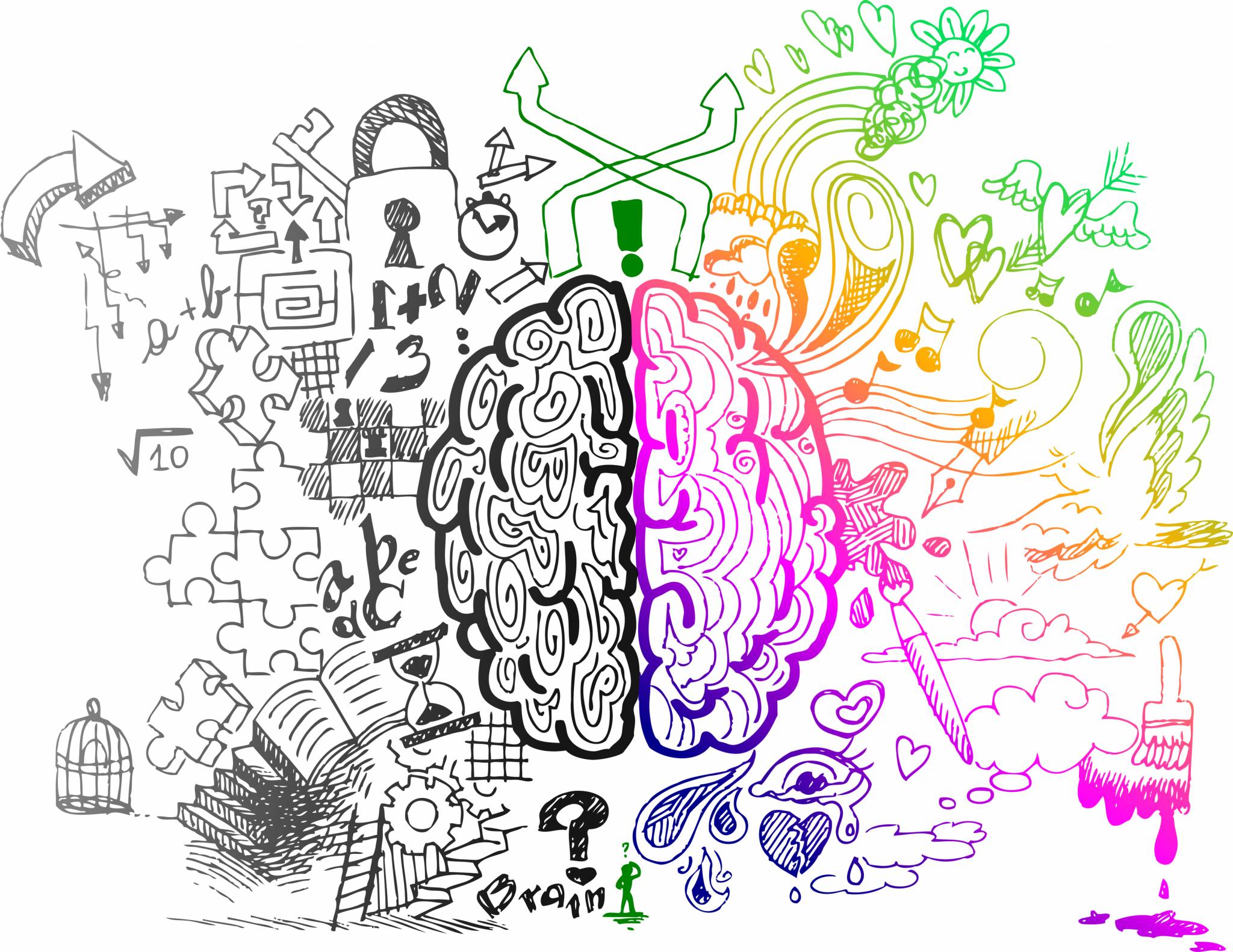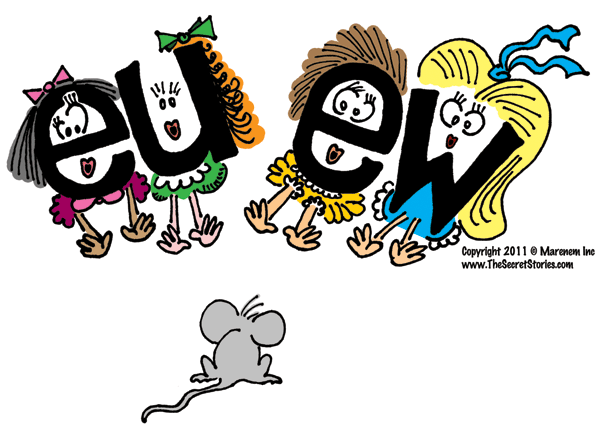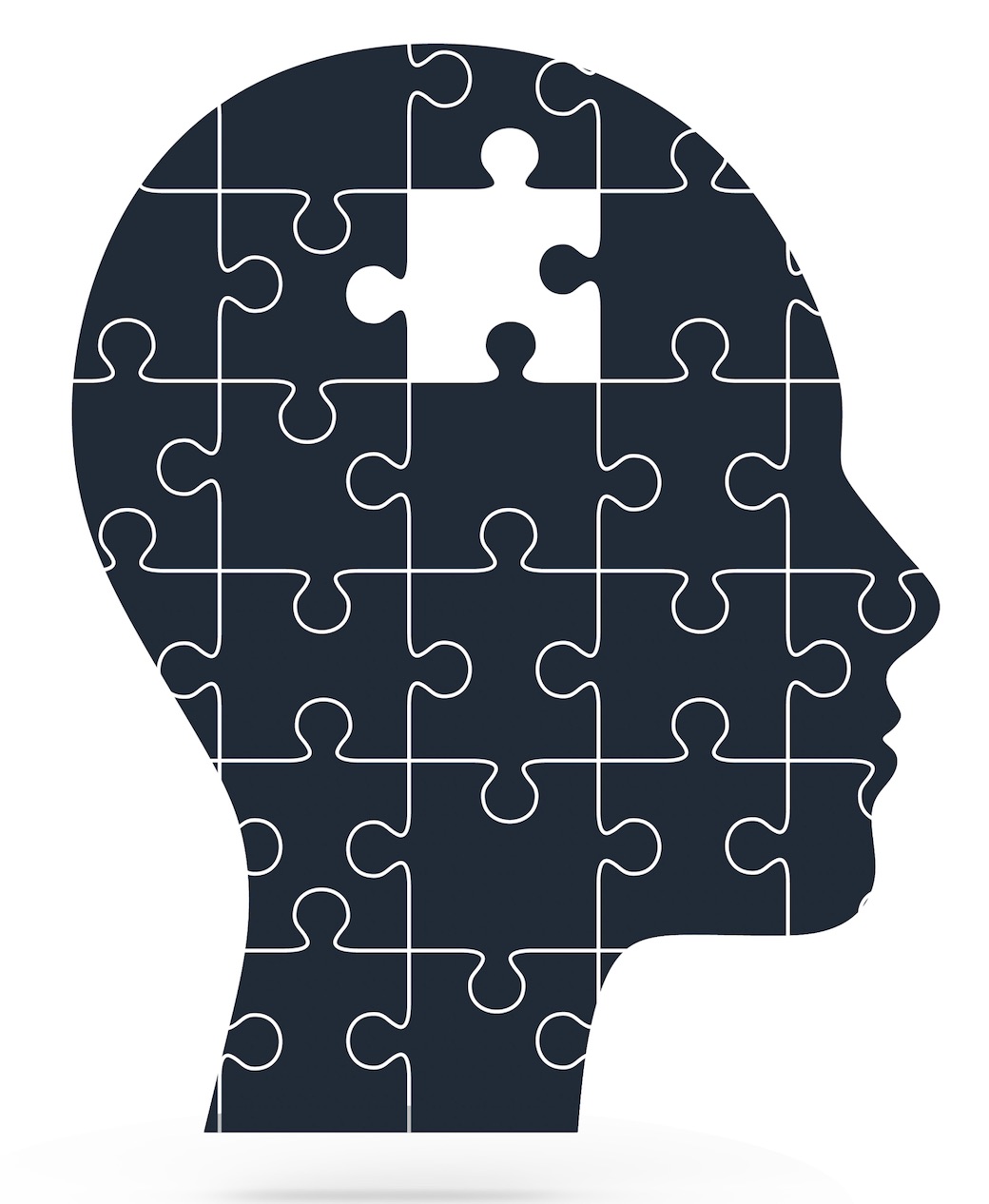Unlocking the Phonics Code for Older Readers
Helping Older Readers Who Struggle
A Guest Post by Anna Hardway, M. Ed.

I know if you are reading this, you are probably a teacher of older students, or a parent of a struggling reader who has been told that their child “can’t read.”
If that’s the case, you are probably reading this late at night, having wrung your hands, scratched your head, and said your prayers….while continuing to search for answers. I know this because I have been you.
I never thought about becoming a Reading Specialist at any point in my college career. I started reading when I was three, so OBVIOUSLY I knew everything about reading, right? Nope, not even close.
My second year of teaching, I was plunked into a Title I Intervention position in a K-8 school. I had cruised through “intervention” with my K-2 students, as at that age, they absorb pretty much everything. My work with struggling readers at the upper grade levels, many of whom were struggling with dyslexia, was an entirely different story.
As soon as I began working with 3rd-8th grade struggling readers, I realized there was SO MUCH that I didn’t understand. I wanted to help them, but had no idea where to start, as many were just too far behind. It was at this time that I began working on my Master’s Degree in Special Education, as solving this problem would require more knowledge and tools than I currently possessed, and I was determined to help these kids!
When I had initially started working with struggling readers at the upper grade levels, my first reaction was to blame every teacher that they had ever encountered in earlier grades. How could a sixth grader in a regular education classroom be reading at SECOND grade level?
Being in a small school at the time, I got to know each of those teachers. Every one of them had been frustrated with the same children—not knowing how to help them, but trying to do their best. They simply didn’t know how to get there.
It was then that I started down the path of blaming parents, society, and culture in general. That’s a bleak place to be. This disposition didn’t last long, as soon I had my own son—who in first grade had decided that he would rather cut holes in his shirt rather than learn how to read. He was interested only in things that had wheels or made noise—neither of which applied to the average book. And so, his “go-to” reading material was anything with “schematics” (think assembly instructions for a bookshelf with diagrams for pictures!)…at six years old!
While my son may have been perfectly fine with the “Encyclopedia of Cars” and “Build Your Own Bookshelf” directions, I had to have something to “read” with him that was at least a little more enjoyable. Thank God for the “Look Inside/See Inside” books, as they were our regular bedtime “stories.”
Accelerated Reading Intervention
After finishing my master’s degree and becoming a Reading Specialist, I understood the importance of beginning grade level screeners and various other forms of assessments used to identify vulnerable learners so as to catch them before they fall. Research shows that the ability to identify all of the letters and sounds by Halloween in kindergarten is a primary predictor of later student reading success. Yet, for many at-risk, or vulnerable learners, achieving letter sound skill mastery often extends well beyond the kindergarten year and into first grade—delaying instruction of critical first grade phonics skills.
While spending the entire kindergarten year mastering individual letters and sounds is not an uncommon practice in today’s classrooms, it is unnecessary, as brain science offers preferred pathways for learning that fast-track individual letter sound instruction. The Better Alphabet Song is a perfect example of how easy it can be to put science into practice, as it targets earlier-developing, muscle memory pathways for faster skill acquisition, rather than relying on under-developed, executive processing centers.
And this is only the beginning, as we can use brain science like a road map to “cheat the brain” into learning more complex, phonics skills as well! For example, the Secret about the Babysitter Vowels® makes sounding-out longer, multi-syllabic words easy, as it provides an instant “compass” to know whether vowels will be long or short. Watch the clip below to see how the Mommy E® strategy extends into higher-level Babysitter Vowels®.
I became obsessed with Secret Stories in my instructional practice because it got my kids exactly where they need to go quickly and efficiently, and it also confirmed what every good reading specialist already knows, which is that “time is of the essence!” The Secrets aren’t program for teaching the “reading,” but tools for teaching the READER!
The Science of Reading and the Brain
Current and traditional methods of reading and phonics instruction and intervention do not adequately make use of the brain science and are ineffective at successfully engaging the whole brain for enhanced memory and learning. Secret Stories drastically differs from traditional core reading and phonics programs in that it aligns instruction to work naturally with the brain, rather than in opposition to it. Secret Stories moves phonics instruction from brain-antagonistic to brain-compatible so that it makes sense to older students, who have long felt confused and left behind. It engages more neural pathways for deeper learning connections by introducing information to the brain from as many angles as possible. Secret Stories’ multi-sensory approach to learning is holistic and multidimensional, with more systems and modalities utilized that strengthen struggling learners’ ability to both receive and retrieve the information.

Weaving abstract letter sounds into stories makes them interesting, activating the brain’s positive emotional state and hooking the information into a strong memory template. In this way, learning is non-conscious and effortless, as high-leverage phonics skills are acquired through “backdoor” (social-emotional) learning channels that are more easily accessible. Additionally, cloaking phonics skills as “secrets” makes them important—something that all learners are curious about and want to know—making them meaningful and relevant, and therefore, easy to teach and learn.

Secret Stories accelerates access to ALL of the code-based, phonics skills that struggling learners need to read and write—regardless age or grade level. With its “backdoor-to-the-brain” approach, complex phonics patterns are made simple, as is the brain based process for teaching them. This makes Secret Stories one of the most highly effective, instructional tools available to educators and parents, alike.
For older, struggling learners who have tried so hard for so long, Secret Stories is the missing “piece” of the elusive reading-puzzle. Its “backdoor” approach re-ignites their interest, curiosity, and most importantly, their desire to unlock the mysteries of text!

Guest Blogger, Anna Hardway, M. Ed., is a 20-year educator and currently a consultant on various education topics such as Reading, Curriculum, Assessments and Development Strategy. She has worked inside public education, and has worked for Save the Children, as a Director of Programs for Early Literacy and Rural Education. She has also developed education recovery programs in the aftermath of disasters such as the Oklahoma Tornadoes of 2013, South Carolina Floods of 2015, West Virginia Floods of 2016 and Hurricane Harvey in 2017. If you would like to reach her, please email edconsulting.ahardway@gmail.com





What tools are you suggesting for those older struggling readers? I have a12 year old Deaf daughter. She can communicate in ASL, but she is significantly behind in written English. What would you suggest for her?